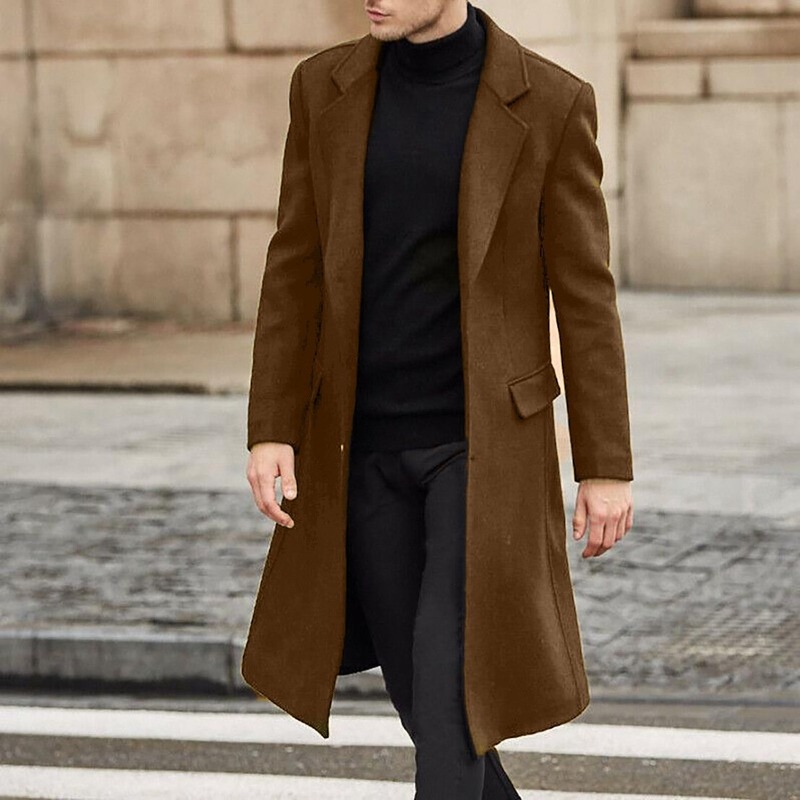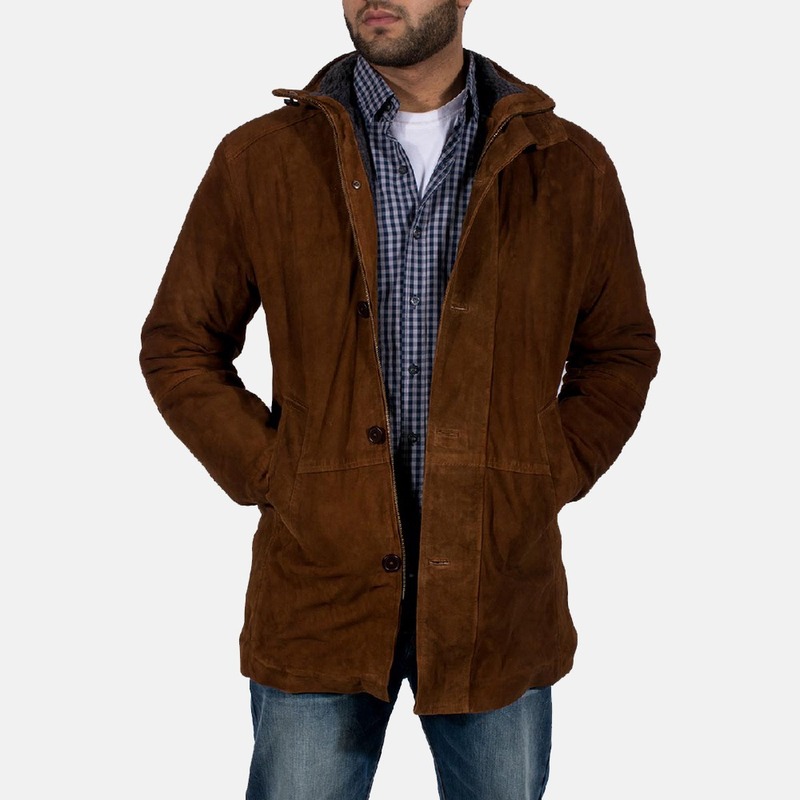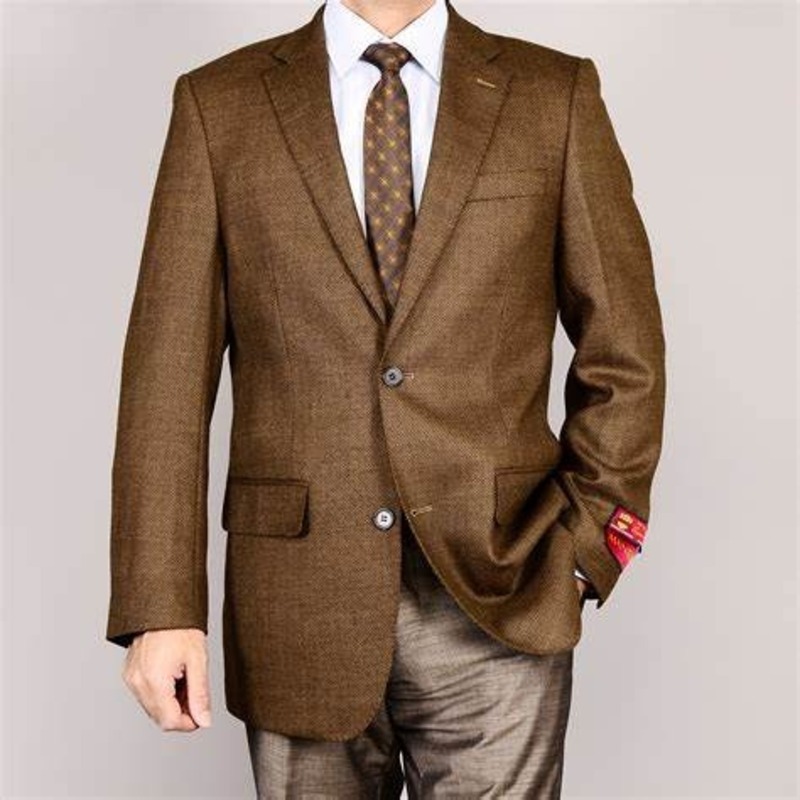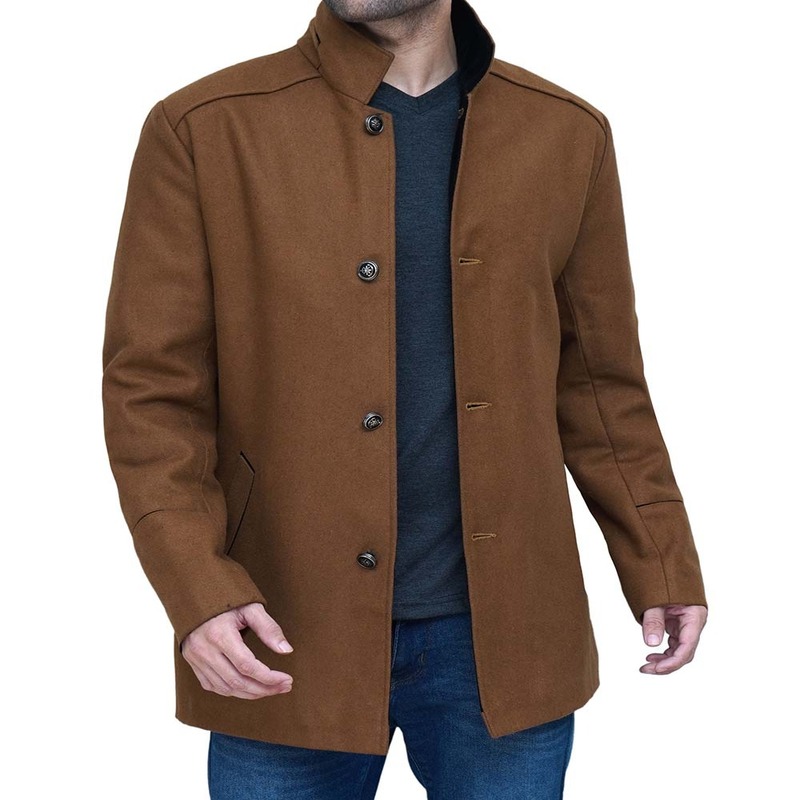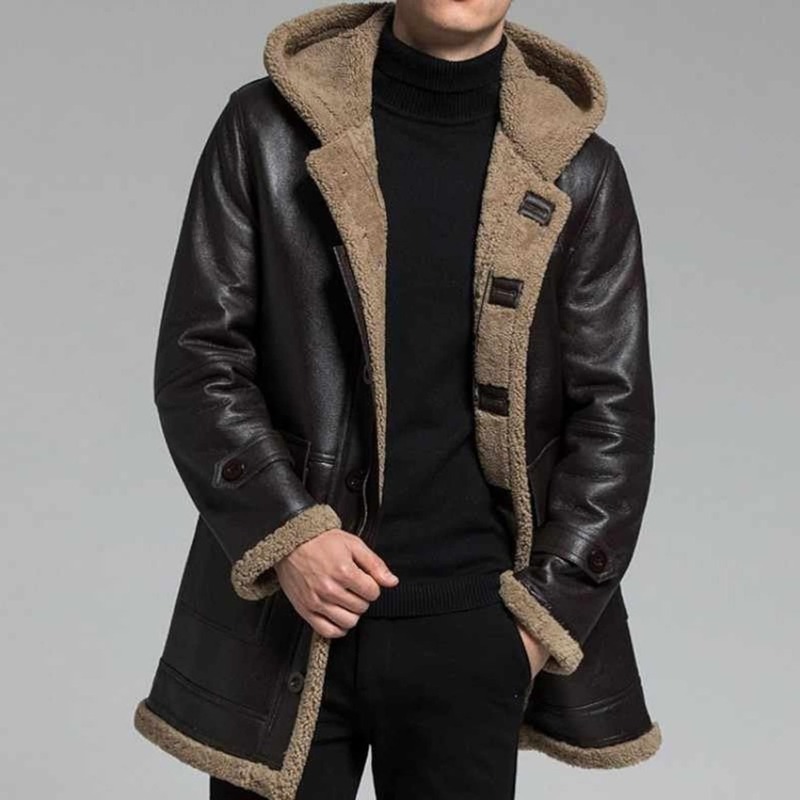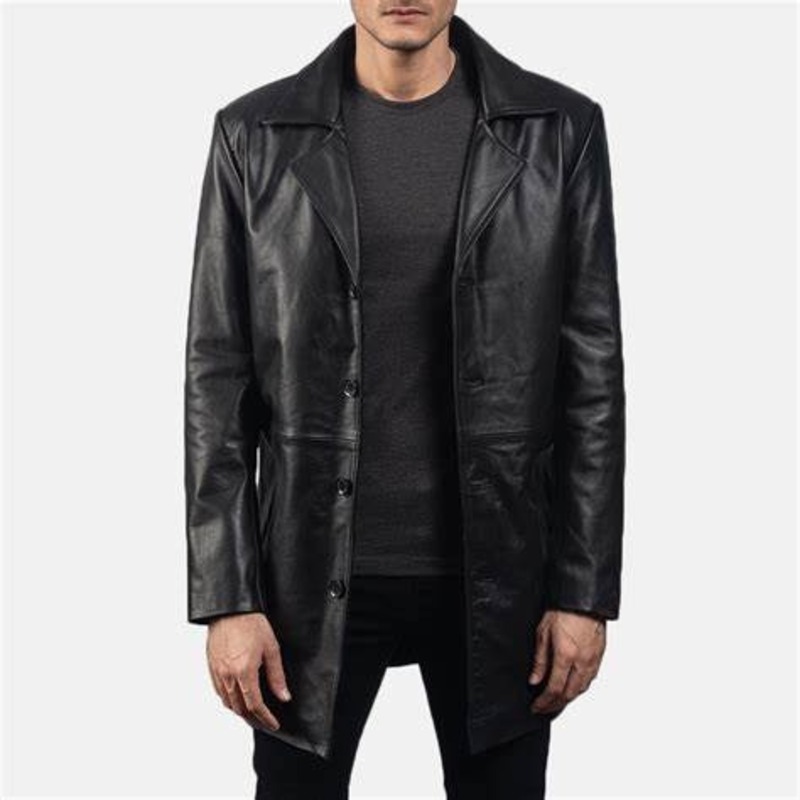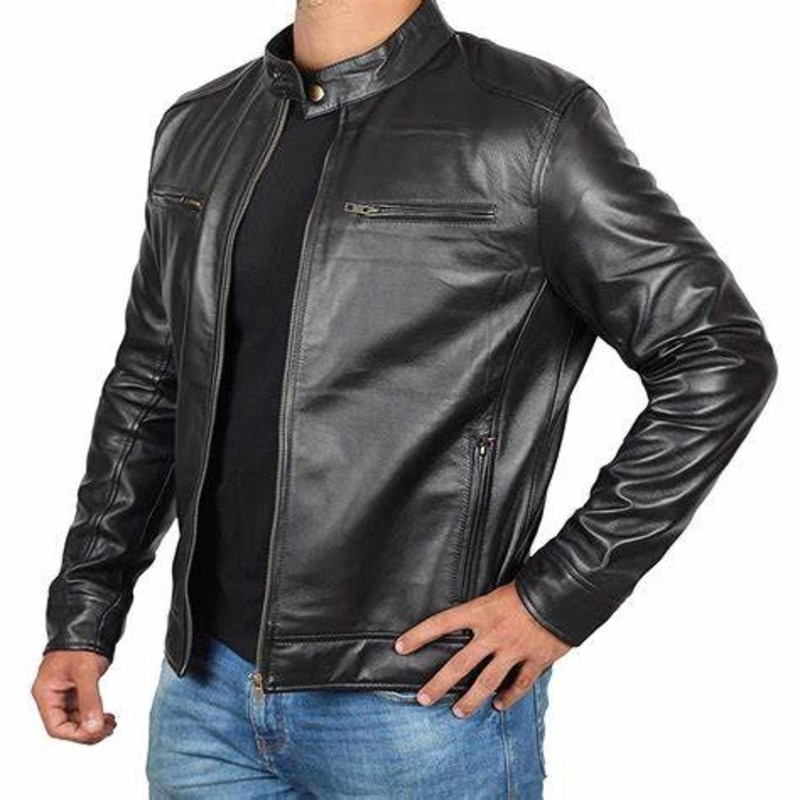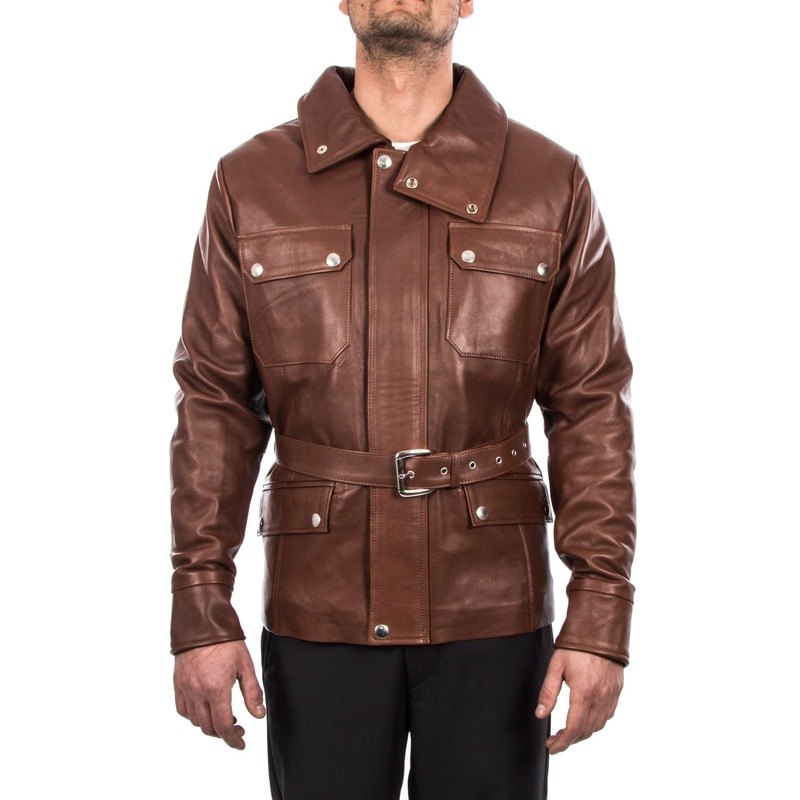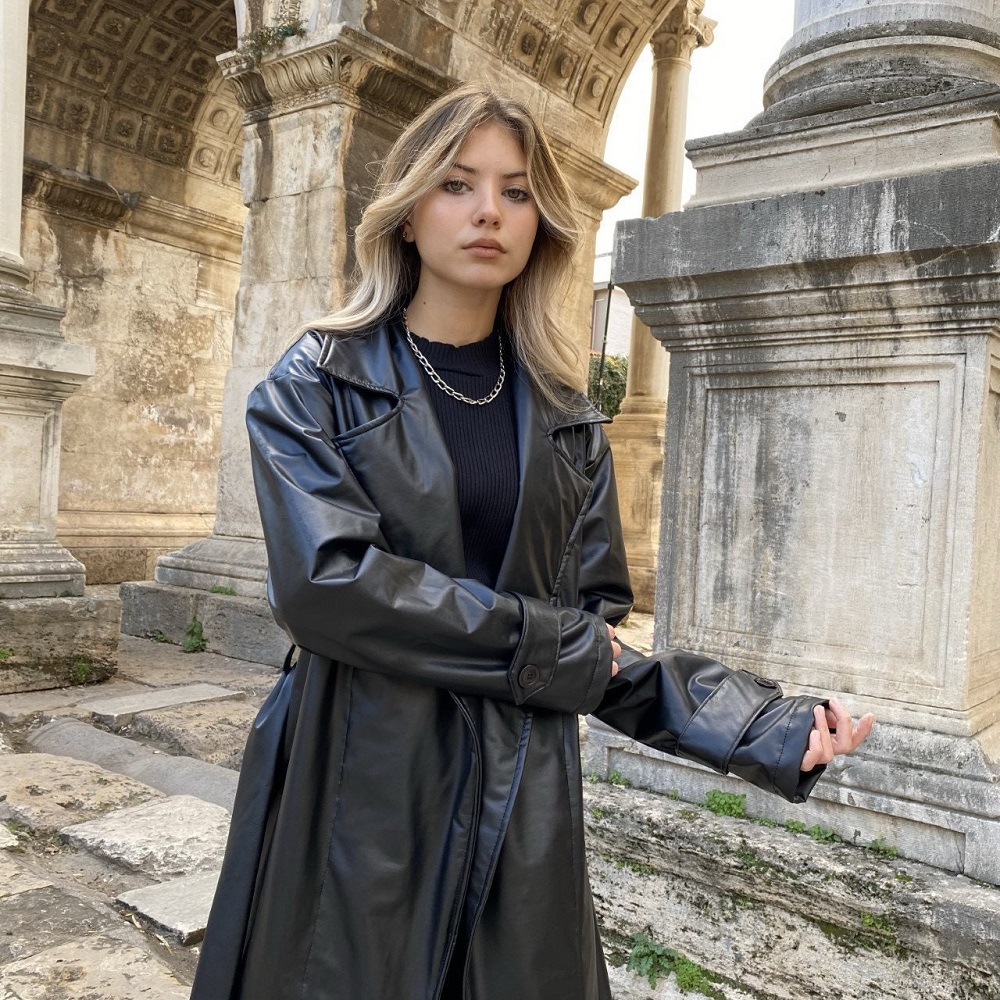
Leather coats are timeless pieces that exude style, sophistication, and durability. They are versatile garments that can elevate any outfit, whether it’s casual or formal. However, to maintain their beauty and longevity, leather coats require proper care and attention. With the right maintenance routine, your leather coat can retain its original look and feel for many years. This article highlights essential care tips that will help you keep your leather coat looking as good as new.
Understanding the Basics of Leather
Types of Leather
Before diving into care tips, it’s essential to understand the type of leather your coat is made from. Different types of leather include full-grain, top-grain, and corrected-grain leather. Full-grain leather is the most durable and develops a beautiful patina over time. Top-grain leather is slightly corrected and often has a smoother finish, making it popular for fashion items. Corrected-grain leather is sanded and treated, which reduces its natural characteristics but makes it affordable.
Knowing the type of leather will help you choose the right cleaning and conditioning products. Each type of leather has its unique qualities, and applying an inappropriate cleaning method can harm the material, leading to deterioration and loss of appearance.
The Importance of Regular Care
Leather is a natural material that can be affected by various environmental factors, including moisture, heat, and dirt. Regular care helps prevent damage that can occur over time. Dust and dirt can accumulate on the surface, leading to discoloration or even mold growth if moisture is introduced. Additionally, UV rays from the sun can fade the leather and lead to cracks or dryness.
Establishing a regular maintenance routine is crucial for preserving the look and feel of your leather coat. Investing a little time and effort in maintenance can prolong the life of the garment while ensuring that it remains a stylish addition to your wardrobe.
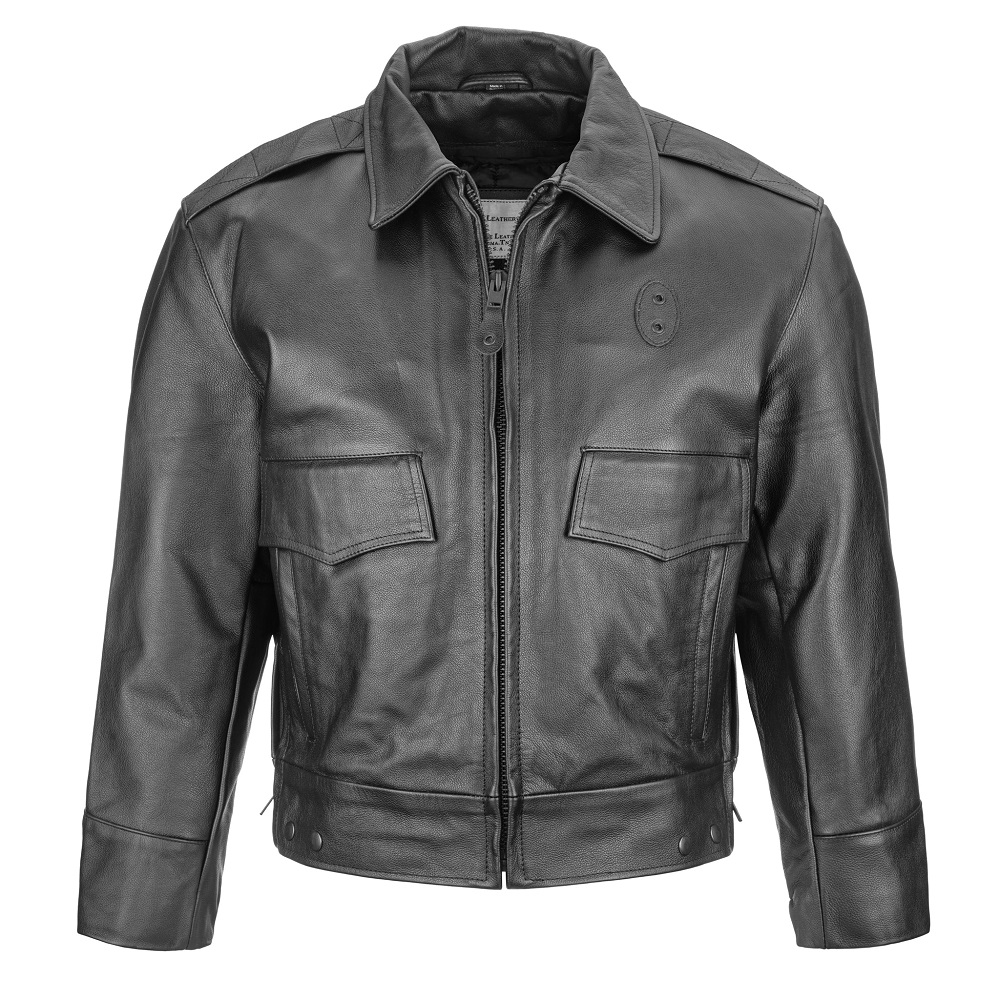
Cleaning Your Leather Coat
Dusting and Surface Cleaning
The first step in caring for your leather coat is regular dusting. Use a soft, dry cloth to gently wipe away dust and dirt from the surface. Pay close attention to seams and creases where dirt can accumulate. This simple step helps keep your coat looking fresh and prevents debris from causing long-term damage.
If your leather coat has stains or more noticeable dirt, use a damp cloth with a small amount of mild soap. Be sure to choose a soap that is suitable for leather care and does not contain harsh chemicals. Gently rub the stained area, and avoid soaking the leather. After cleaning, use a dry cloth to wipe away excess moisture and soap. Allow the coat to air dry away from direct heat sources to prevent cracking.
Deep Cleaning When Necessary
If you have not cleaned your leather coat in a long time or if it has built-up grime, you may need to perform a deep cleaning. You should carry out this process infrequently, as excessive cleaning can strip the leather of its natural oils. Consider using a leather cleaner designed specifically for your type of leather. Test the cleaner on a small, inconspicuous area first to ensure it does not cause discoloration or damage.
Apply the cleaner using a soft cloth, following the manufacturer’s instructions. Gently work the cleaner into the leather and buff it out with a clean cloth afterward. This deep cleaning will make the leather more vibrant and help remove any lingering odors.
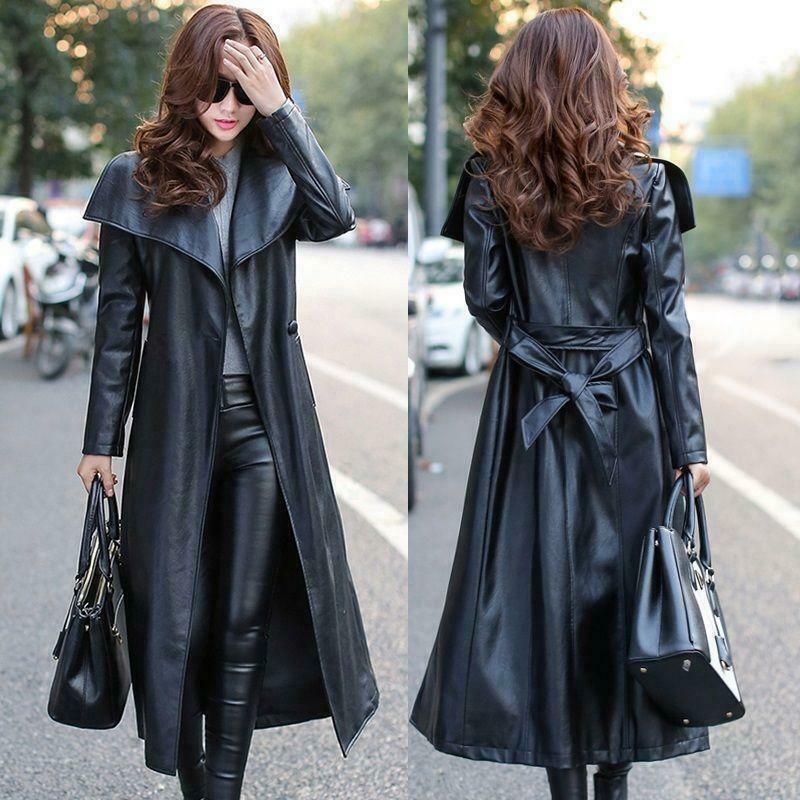
Conditioning Your Leather Coat
The Importance of Conditioning
Conditioning is a critical aspect of leather care. Over time, leather can become dry and brittle due to exposure to air and fluctuating humidity levels. Conditioning helps replenish the natural oils in the leather, keeping it supple and preventing cracks. It is recommended to condition your leather coat at least once or twice a year, depending on wear and environmental conditions.
Choose a high-quality leather conditioner suitable for the type of leather you own. Products that are specifically formulated for leather will restore moisture without leaving greasy residues. Regular conditioning maintains the coat’s flexibility and appearance, allowing it to develop a beautiful patina over time.
How to Apply Leather Conditioner
Before applying conditioner, ensure that the leather coat is clean and dry. Use a soft cloth to apply a small amount of conditioner evenly across the surface. Work it into the leather using small circular motions. Start with a small area and gradually work through the entire coat. Conditioning should not result in a thick layer; rather, it should enhance the leather’s natural look.
After application, allow the conditioner to soak into the leather for several minutes. Wipe off any excess product with a clean cloth. Finally, let the coat air dry at room temperature away from direct sunlight or heat sources. This process will help to rejuvenate the leather and maintain its protective qualities.
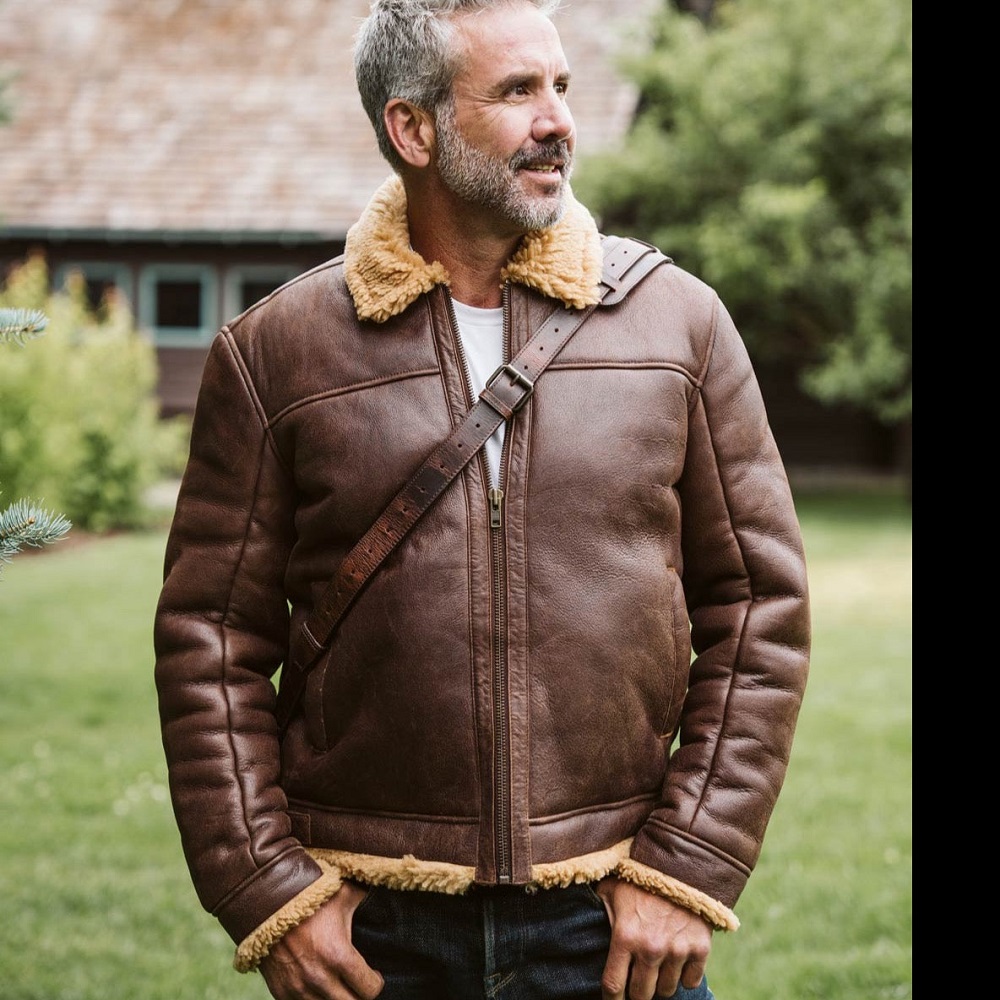
Protecting Your Coat
Avoiding Water and Moisture Exposure
Leather is generally not water-resistant, which makes it vulnerable to moisture damage. Water can cause stains, swelling, and even mildew if not properly managed. It’s best to avoid wearing your leather coat in rain or snow. If you find yourself caught in bad weather, allow the coat to dry naturally.
In case of water exposure, gently blot (do not rub) the damp areas with a soft, dry cloth. Afterward, allow it to air dry at room temperature. Never use a hairdryer or place the coat near heat sources to dry, as excessive heat can damage the leather.
Application of Water-Repellent Products
To help protect your coat from water damage, consider applying a water-repellent treatment designed specifically for leather. Certain spray products can create a barrier that helps repel water. Before applying, ensure that your coat is clean and dry, and test the product on a small area to avoid discoloration.
Once applied, allow the treatment to cure for the recommended time, usually a few hours. This extra step provides peace of mind, especially if you live in an area with unpredictable weather conditions. Regular treatment, combined with good care practices, will prolong the life of your leather coat.
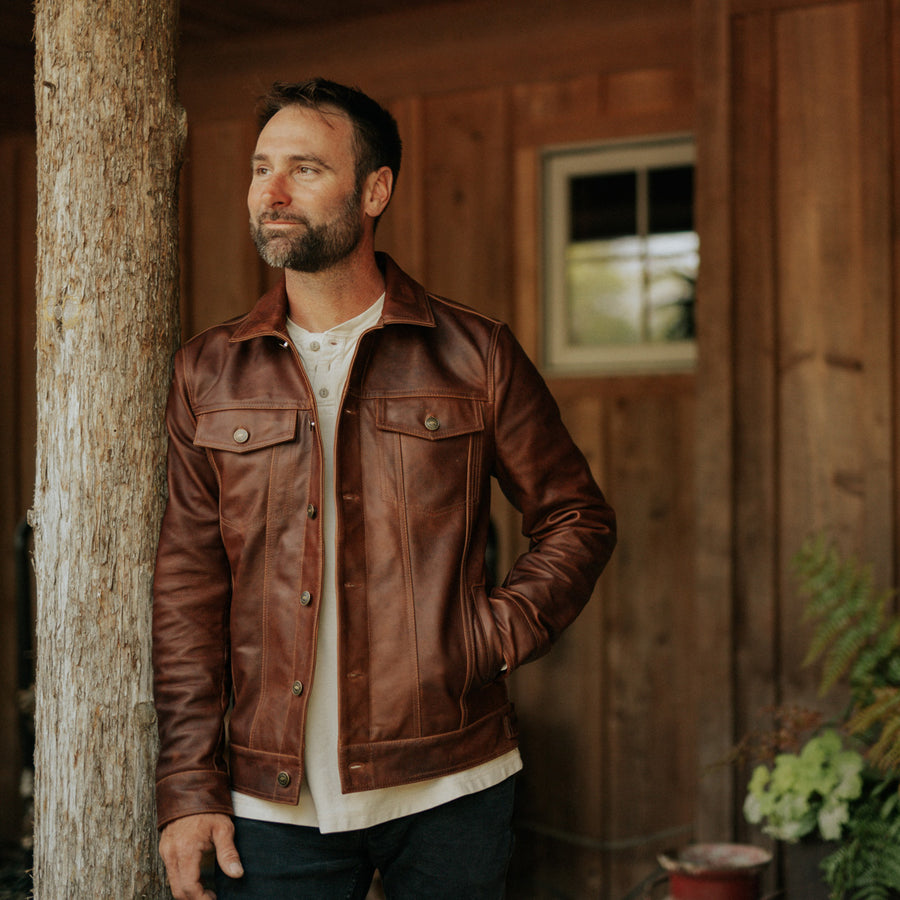
Storing Your Coat Properly
Choosing the Right Storage Condition
Proper storage is essential for maintaining your leather coat’s shape and integrity. Aim to store your coat in a cool, dry place away from direct sunlight. Sun exposure can cause fading and drying, leading to cracks and stiffness. Instead, use a garment bag that allows air circulation instead of plastic covers, which can trap moisture.
If the coat has been worn frequently, give it some time to breathe. Hanging it on a sturdy wooden hanger will help maintain its shape. Avoid using wire hangers, as they can distort the shoulders of your coat. Proper storage practices will help keep your leather coat looking sharp and new.
Seasonal Considerations
As the seasons change, it’s important to re-evaluate your storage techniques. In warmer months, you should store your leather coat in a climate-controlled area to avoid exposing it to humidity, which can lead to mold growth. In colder months, keep it insulated against harsh cold and dry air that can degrade moisture levels in the leather.
Regularly check on your stored coat to ensure it remains in good condition. If conditions become excessively humid or dry, consider using dehumidifiers or humidifiers to maintain a balanced environment. Adjusting storage practices according to seasonal changes will ultimately enhance the longevity of your leather coat.
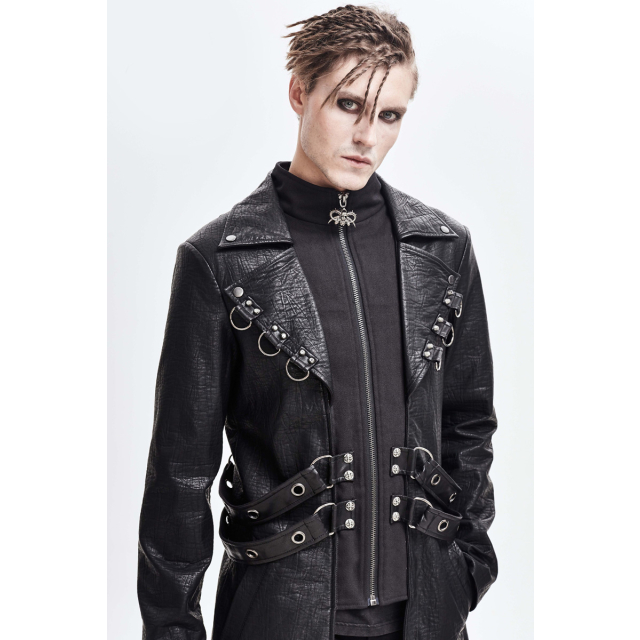
The Long-Term Benefits of Proper Care
Preserving Aesthetic Appeal
Proper care of your leather coat not only enhances its lifespan but also preserves its aesthetic appeal. Regular cleaning, conditioning, and protecting ensure that the color remains vibrant and the texture stays smooth. Over the years, a well-maintained leather coat can develop unique character and charm, becoming a timeless piece in your wardrobe.
As style trends change, a classic leather coat remains fashionable and can be styled in numerous ways. Embarking on a consistent care routine helps retain not just the coat’s appearance but also its emotional significance. Many people have a special attachment to their leather coats, associating them with cherished memories. Keeping it in good condition allows you to enjoy it for many years to come.
Environmental Responsibility
Additionally, caring for your leather coat demonstrates a commitment to sustainable fashion. Proper maintenance reduces the need for frequent replacements, ultimately resulting in less waste. Leather, when cared for correctly, can last a lifetime, creating less demand for new products to be manufactured.
Investing time into caring for items you own contributes to a more responsible approach to fashion. This is especially relevant in a world where consumerism leads to significant waste. By maintaining your leather coat, you embrace a mindset of quality over quantity, which is increasingly important in today’s society.
Conclusion: Keep Your Leather Coat Looking New
In conclusion, a leather coat is a timeless investment that requires proper care to maintain its elegance and durability. Understanding the importance of regular cleaning, conditioning, and protecting essential elements will keep your coat looking sharp for years.
By following proper storage techniques and seasonal adjustments, you can ensure that your leather coat retains its beauty and functionality. The benefits of maintaining your coat go beyond aesthetics; it also reflects responsible consumer behavior while reducing waste and supporting sustainable practices.
Embrace the responsibility of caring for your leather coat and enjoy the confidence it brings every time you wear it. With consistent care and attention, your leather coat will continue to be a stylish staple in your wardrobe, telling a story of its journey alongside you. Enjoy the timeless appeal and character that a well-cared-for leather coat provides.

